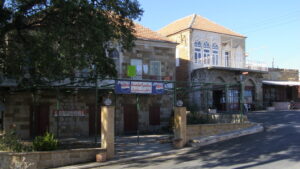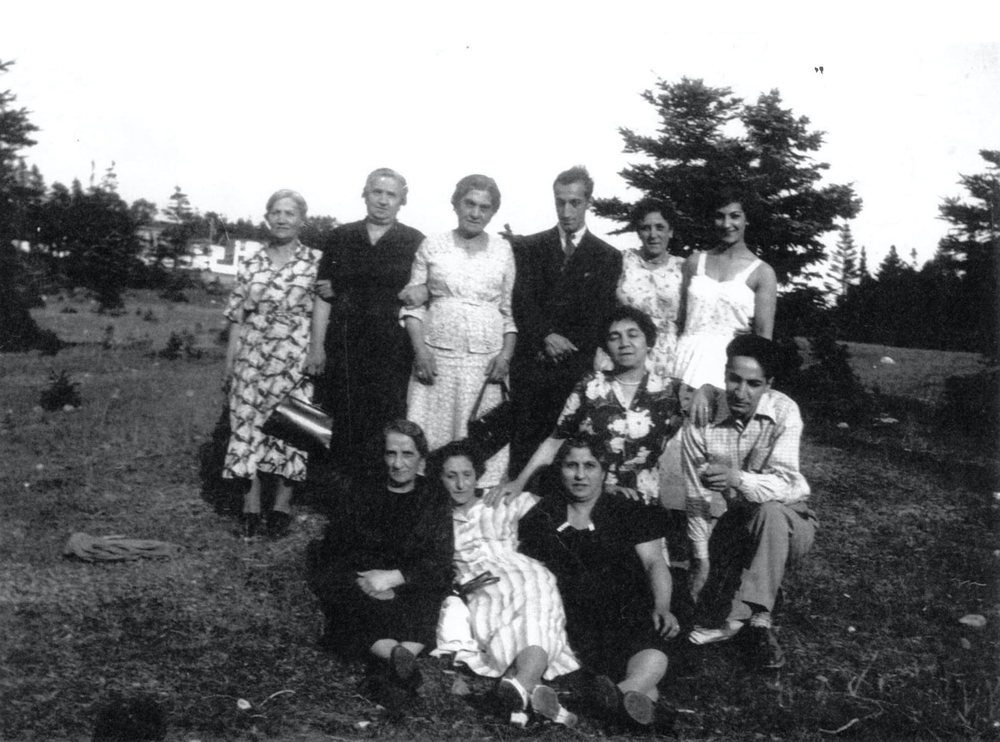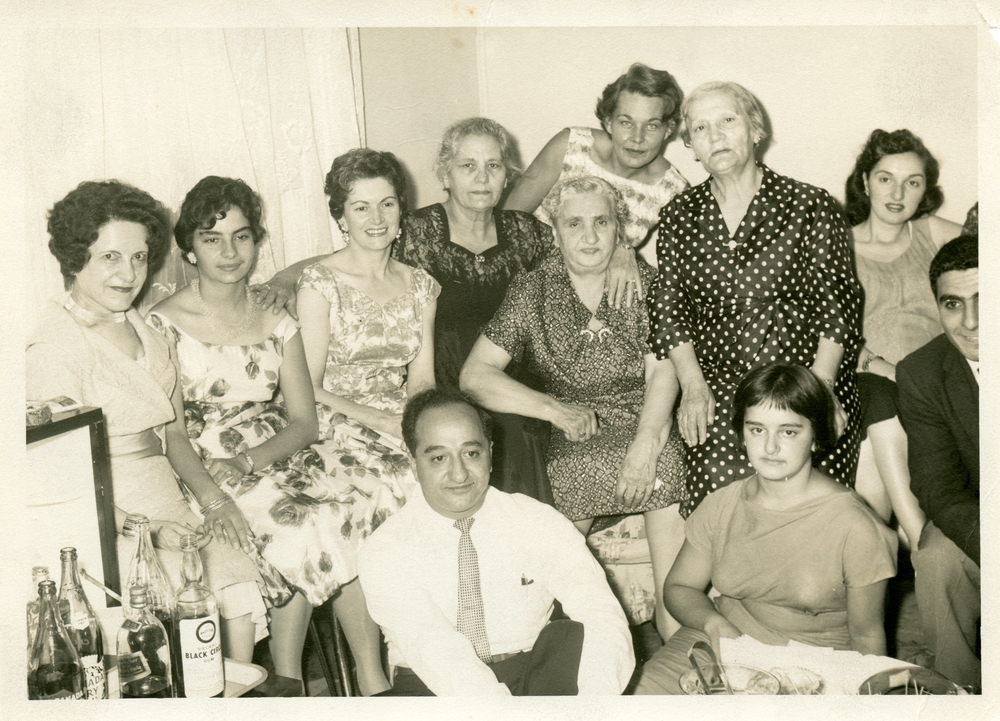The Lebanese Arrive in Newfoundland
Newfoundland and Labrador is home to diverse cultures. The first Lebanese immigrants likely came to Newfoundland in the 1880s. At the time, Lebanon was not an independent country. It was part of a larger Syrian province, under the control of the Ottoman Empire.
Most immigrants to North America were Maronite Christians from the Mount Lebanon region. They left Lebanon to escape army conscription and religious persecution. Many Lebanese-Newfoundlanders came from near the mountain town of Hadath el Jebbeh.
Some families settled on the eastern seaboard of the United States and up into the Maritimes. From there, a few moved on to Newfoundland. Family networks helped build trade, travel, and social connections for immigrants throughout this large region.
In Newfoundland, Lebanese immigration began with peddlers. They were often based in Nova Scotia. The peddlers travelled around the island, selling clothing and household goods. Their journeys took them to the most remote outports of Newfoundland. A Maronite peddler was working in the Codroy region as early as 1884. Another worked in Green Bay in 1889. By the 1890s, a small Lebanese community was living in St. John’s. Some still worked as peddlers, but by the middle of the decade several people were operating shops.
In this video Lorraine Michael shares her memories of growing up in the Lebanese community on New Gower Street in St. John’s, NL. View this video with additional information (EN).
Lebanese immigrants were referred to in Newfoundland as Syrians, Assyrians, Maronites, or as Turks. In 1920, Lebanon became its own country, independent of Turkish rule.
By this point, the Lebanese community in Newfoundland extended across the island. Lebanese merchants set up shops in Central and Western Newfoundland.
St. John’s, Bell Island, Botwood, Windsor, Corner Brook, and Stephenville were all home to multiple Lebanese-owned businesses. These included general stores and dry goods stores, as well as restaurants, a dance hall, confectioneries, a photography studio, a theatre, and at least two hotels. Michael Basha, the son of Lebanese immigrants, was the owner and operator of Bay of Islands Light and Power.
There was also still travel and business with the Lebanese community outside of Newfoundland’s borders. Some people returned to Lebanon to visit family or find a spouse, and the links between Lebanon and the Lebanese diaspora remained strong throughout the 20th century. A large part of the exchange was with the large Lebanese community in Nova Scotia as the Newfoundland government had strict immigration policy. This limited immigration from Lebanon from the early 1900s until 1949.
Despite this restriction the early to mid 1900s saw the establishment of many Lebanese businesses across the province—with a particular concentration in downtown St. John’s, where the community gathered together living and working within close proximity.




